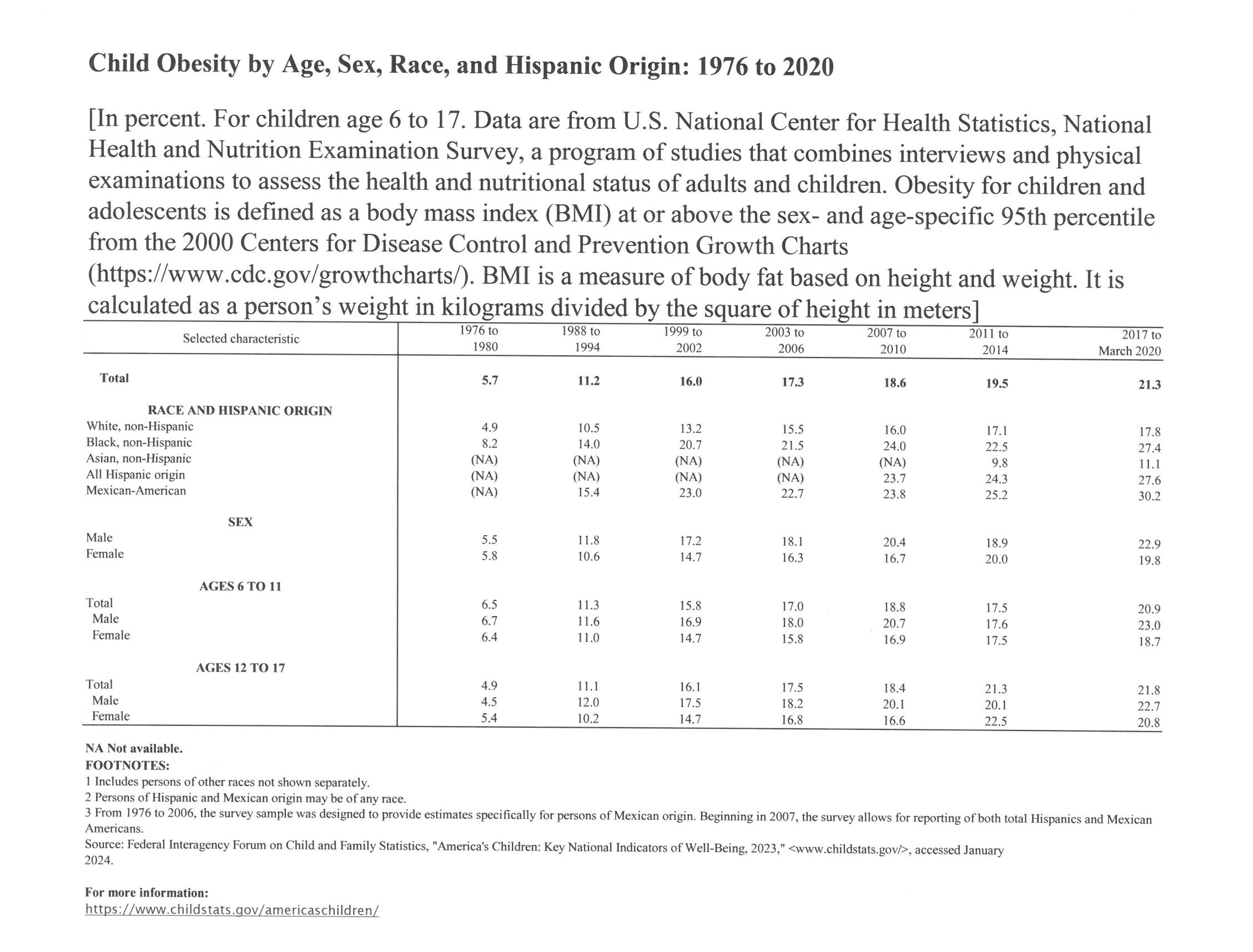18 Finding Data
As part of your WRC 1023 data-driven argument, you will be asked to find raw data (also called tabular data, a data table, or datasets) to use as support for your argument. Finding data can be a difficult, time-consuming process and often takes different steps than finding an article or book for a paper. A quick internet search is unlikely to give you the results you need. Be prepared to spend some time in this endeavor. Begin your data research with these online resources:
- UTSA Library Databases: The UTSA library has created a research guide specifically for WRC courses that explains everything you need to know about how to find raw data sets. Check out https://libguides.utsa.edu/WRCQLP for videos and some very helpful links. Keep in mind that most often the large databases that collect datasets like this aren’t freely available to the public. Databases like Statista and Statistical Insight collect data from numerous sources but will only let you see so much before you hit a paywall. However, you have access to these databases through your library, so this is always the best place to start.
- Government Agencies: Another place you might look for data could be government agencies like the Bureau of Justice Statistics (https://bjs.ojp.gov/), Bureau of Labor Statistics (https://www.bls.gov/), or the Census Bureau (census.gov). The extensive information collected by these agencies is usually free to the public.
- Your Other Sources: Another approach to finding data is to start with reports or newspaper articles with statistics on your topic. Many times, the statistics will be followed by (or even hyperlinked to) the name of a study, report, or department where you can get further information and data.
Example:
The table below is an example of what you might find on Statistical Abstract of the United States (ProQuest), which is a library database that summarizes U.S. social, political, and economic data in convenient tables from a wide variety of federal and state agencies as well as private organizations. Be sure to check the data source at the bottom of each table to find where you can go for more information. Notes that thought the table below was found using the Statistical Abstract of the United States database, the data itself comes from the Federal Interagency Forum on Child and Family Statistics.


